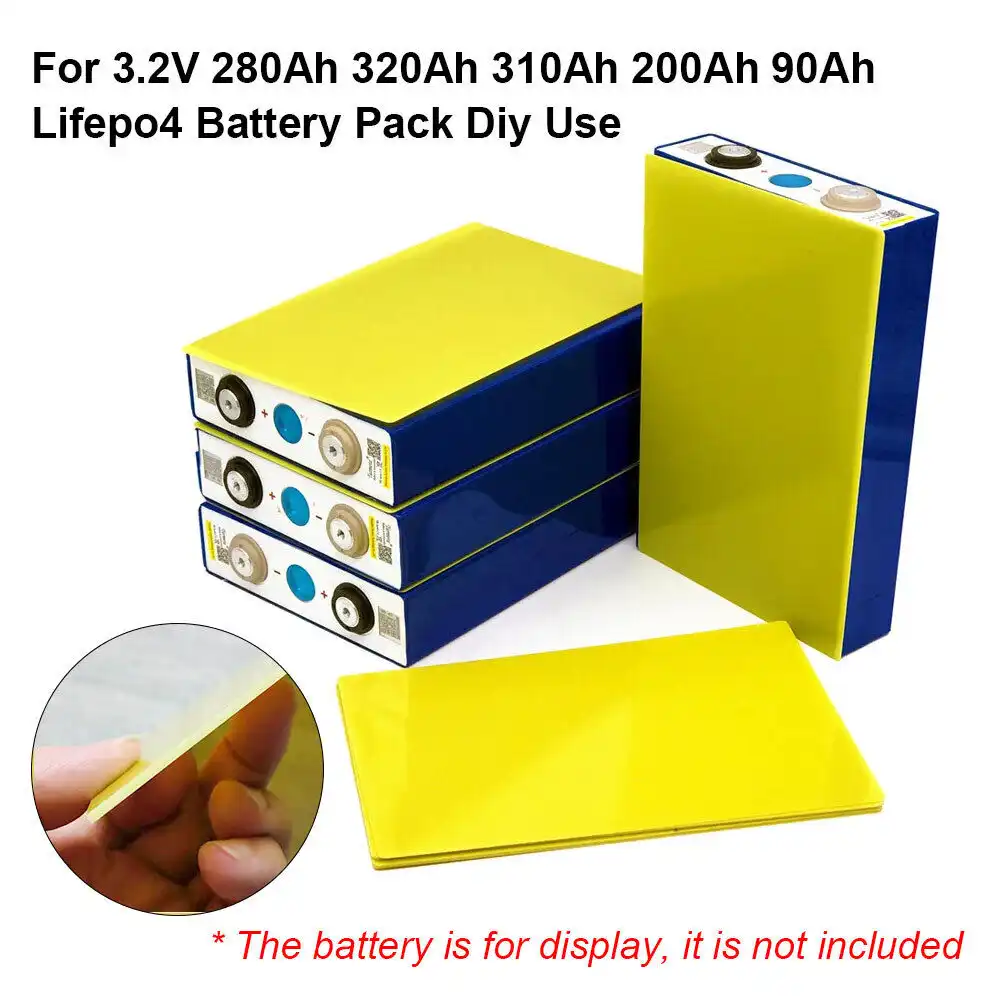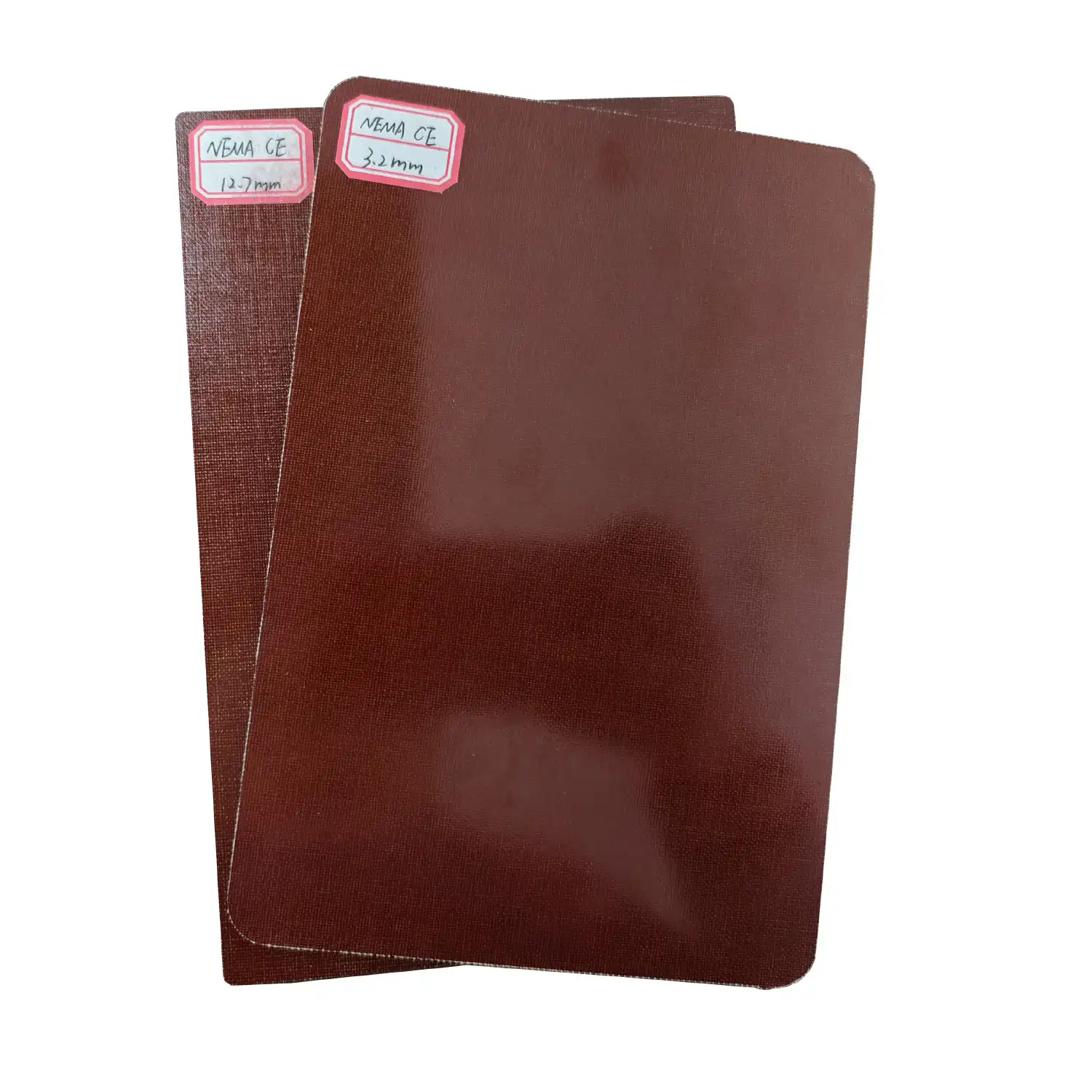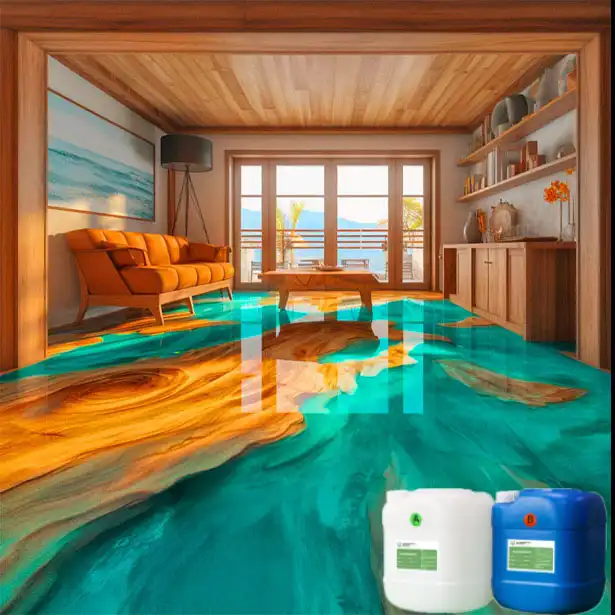From concept to creation: the life cycle of 3240 epoxy sheet
2025-02-07 15:52:34
3240 epoxy sheet, a versatile insulating material, undergoes a fascinating journey from concept to creation. This high-performance composite begins as a carefully formulated mixture of epoxy resin and glass fiber fabric. Through a meticulous manufacturing process, these raw materials are transformed into a durable, heat-resistant sheet with excellent electrical insulation properties. The life cycle of 3240 epoxy sheet involves several stages, including design, raw material selection, lamination, curing, quality control, and final application in various industries such as electronics, aerospace, and automotive. Understanding this process reveals the intricate balance of chemistry, engineering, and precision that goes into producing this essential industrial material.
Raw Materials and Formulation
Epoxy Resin Selection
The foundation of 3240 epoxy sheet lies in the careful selection of epoxy resin. Manufacturers choose specific epoxy formulations based on their desired properties, such as thermal stability, mechanical strength, and electrical insulation. These resins are often proprietary blends, meticulously developed to meet industry standards and customer requirements. The selection process involves rigorous testing and analysis to ensure the resin's compatibility with glass fiber reinforcement and its ability to withstand harsh operating conditions.
Glass Fiber Reinforcement
Glass fiber fabric serves as the reinforcement in 3240 epoxy sheets, providing strength and dimensional stability. The type of glass fiber used, typically E-glass or S-glass, is chosen based on its mechanical properties and cost-effectiveness. The fabric weave pattern and fiber orientation are crucial factors that influence the final sheet's performance characteristics. Manufacturers may use unidirectional, bidirectional, or multidirectional fabrics to achieve specific strength and stiffness requirements in different directions.
Additives and Modifiers
To enhance the properties of 3240 epoxy sheets, various additives and modifiers are incorporated into the resin system. These may include flame retardants to improve fire resistance, toughening agents to increase impact strength, and colorants for aesthetic purposes or identification. The precise blend of additives is a closely guarded secret among manufacturers, as it often provides a competitive edge in terms of performance and application-specific properties.
Manufacturing Process
Prepreg Production
The manufacturing journey begins with the creation of prepreg materials. This involves impregnating the glass fiber fabric with the epoxy resin mixture. The process is carried out under controlled temperature and pressure conditions to ensure uniform distribution of resin throughout the fabric. The resulting prepreg is partially cured to a B-stage, where it remains tacky and pliable, allowing for easy handling and layup in subsequent steps. Precise control of resin content and degree of cure during prepreg production is crucial for achieving consistent final product properties.
Layup and Lamination
Once the prepreg is ready, it undergoes a layup process where multiple layers are stacked according to a predetermined schedule. This layup design is critical in determining the final thickness and directional properties of the 3240 epoxy sheet. Automated cutting and placement systems are often employed to ensure accuracy and consistency in the layup process. The laminate stack is then subjected to vacuum bagging or press lamination techniques to remove any trapped air and consolidate the layers. This step is vital for achieving proper interlaminar adhesion and minimizing voids in the final product.
Curing and Post-Curing
The laminated stack enters the curing phase, where it is subjected to elevated temperatures and pressures in an autoclave or heated press. This initiates the cross-linking reaction in the epoxy resin, transforming it from a liquid to a solid state. The curing cycle is carefully controlled to optimize the material's properties and minimize internal stresses. Following initial curing, a post-cure process may be employed at higher temperatures to complete the cross-linking reaction and achieve maximum thermal and mechanical properties. This step is particularly important for 3240 epoxy sheets destined for high-temperature applications.

Quality Control and Applications
Testing and Certification
Rigorous quality control measures are implemented throughout the manufacturing process of 3240 epoxy sheets. Non-destructive testing techniques such as ultrasonic scanning and thermography are used to detect any internal defects or inconsistencies. Mechanical and electrical properties are verified through standardized tests, including tensile strength, flexural modulus, dielectric strength, and glass transition temperature measurements. Certificates of conformance are issued to ensure that each batch meets the specified requirements and industry standards. This stringent quality control process is essential for maintaining the reliability and performance of 3240 epoxy sheets in critical applications.
Machining and Fabrication
The cured 3240 epoxy sheets undergo further processing to meet specific application requirements. Precision machining techniques such as CNC routing, water jet cutting, and laser cutting are employed to create complex shapes and features. The material's machinability allows for tight tolerances and smooth surface finishes. Special care is taken during fabrication to avoid delamination or heat-induced damage. Advanced machining centers with dust extraction systems ensure clean and accurate processing while maintaining workplace safety and environmental standards.
Industry Applications
3240 epoxy sheets find widespread use across various industries due to their exceptional electrical and mechanical properties. In the electronics sector, they serve as high-performance printed circuit board substrates and insulating components in power distribution systems. The aerospace industry relies on these sheets for radome construction and structural components in aircraft interiors. In the automotive field, 3240 epoxy sheets are utilized in electric vehicle battery insulation and electromagnetic shielding applications. The material's versatility extends to industrial machinery, where it is used for high-temperature insulation and wear-resistant components. As technology advances, new applications for 3240 epoxy sheets continue to emerge, driving ongoing innovation in their formulation and manufacturing processes.
Conclusion
The life cycle of 3240 epoxy sheet exemplifies the intricate fusion of materials science and precision engineering. From the careful selection of raw materials to the final quality assurance tests, each stage contributes to the creation of a high-performance insulating material. The versatility and reliability of 3240 epoxy sheets have made them indispensable in various industries, supporting technological advancements and innovation. As demand for advanced materials grows, the evolution of 3240 epoxy sheet production continues, promising even greater capabilities and applications in the future.
Contact Us
For more information about our 3240 epoxy sheet products and how they can benefit your applications, please contact us at info@jhd-material.com. Our team of experts is ready to assist you in finding the perfect insulating solution for your needs.
References
1. Johnson, R.T. and Smith, L.K. (2019). Advanced Composite Materials in Industrial Applications. Journal of Materials Engineering, 42(3), 156-172.
2. Zhang, Y. and Lee, W.H. (2020). Epoxy Resin Formulations for High-Temperature Electrical Insulation. Polymer Science and Technology, 31(2), 89-104.
3. Brown, A.C., et al. (2018). Manufacturing Processes for Glass Fiber Reinforced Epoxy Composites. Composites Manufacturing Quarterly, 25(4), 201-215.
4. Garcia, M.P. and Chen, X. (2021). Quality Control Techniques in Advanced Composite Production. International Journal of Materials Testing, 53(1), 45-59.
5. Patel, S. and Nguyen, T.H. (2017). Applications of 3240 Epoxy Sheets in Aerospace and Electronics Industries. Advanced Materials Today, 8(2), 112-128.
6. Wilson, E.R. (2022). Innovations in Epoxy Sheet Fabrication for Next-Generation Insulation. Journal of Industrial Polymers, 37(3), 178-193.






.webp)
